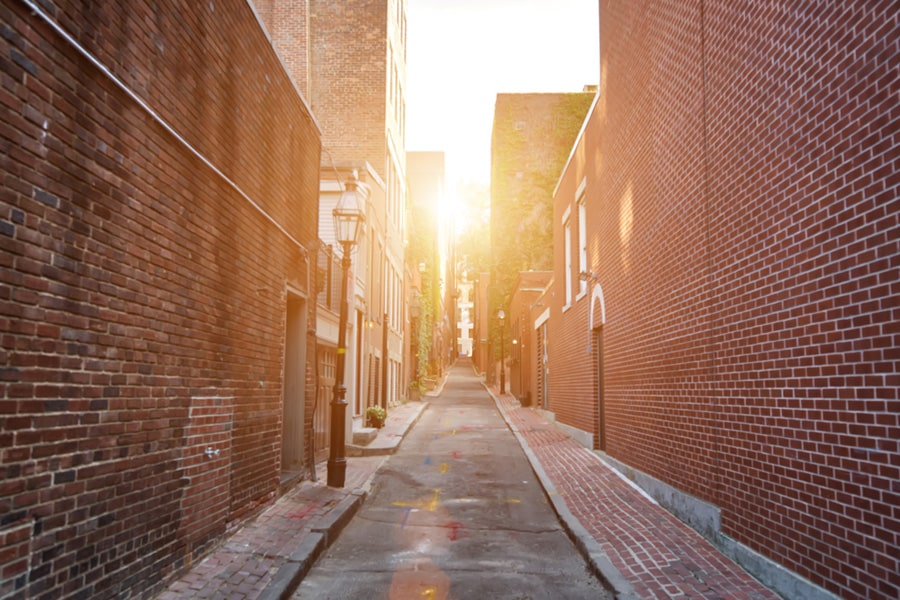Builders often think of historic preservation as a field linked with museums, something more beautiful and academic than practical.
But according to Bonnie McDonald, president and CEO of Landmarks Illinois, preservation can be the key to many of the most persistent issues plaguing the construction industry—from the availability of affordable housing to concerns about environmental impact.
This is why McDonald wrote “The Relevancy Guidebook” to address these questions and provide insight into how the field of preservation can be a vital tool for growth.
Exploring approaches to preservation
McDonald said the guidebook came together because she wanted to showcase the way experts were approaching the problems of preservation across the United States.
“There had been literally 40 years of conversation in this field about what needed to change,” she said, “and I just was frustrated that we didn’t have the capacity in the field to really make that change. So I asked, ‘What is preventing this from happening?’ And just started talking to my colleagues all around the country.”
After 130 of these conversations, McDonald made an interesting discovery. “People were putting out fires so often that they couldn’t step back and think about what they could do to change this work,” she said. “What they needed was essentially a toolbox.” The Relevancy Guidebook set out to be just that.


Bluebeam Resource Hub
Browse case studies, watch webinars, and see what’s new with Bluebeam.“The guidebook was envisioned as a resource for anybody who wants to make change individually, as a community or as an organization,” McDonald explained. “It’s essentially a way to speed ideas and to bring forward the data that we need to understand the problem, and then to see a vision forward. It’s hopefully a rich, well-resourced toolbox for people to make change in their communities. And by doing that, we can actually change the entire practice area.”
How policy can shape preservation
McDonald said one of the most interesting discoveries she made while writing the guidebook is how government policies can have an impact on preservation.
“One of the incredible tools that the rest of the country should look to is the Adaptive Reuse Ordinance in Los Angeles,” McDonald said, “which was used to take vacant and underutilized buildings in downtown LA and streamline the process of adapting existing commercial buildings into affordable housing.”
This law has led to the creation of thousands of units of affordable housing in downtown LA. ”It’s been an incredible tool to ensure that there’s more affordable housing,” McDonald said. “What I found really encouraging was seeing that that tool is working, but even more than that, there’s recognition by the Department of Housing and Urban Development that reusing an existing building can actually get an affordable housing unit to market faster than building new.”
This phenomenon is what McDonald calls naturally occurring affordable housing. “If we just invest in helping owners to hold onto their buildings and revitalize them, but keep them affordable, we can actually create more affordable housing faster.”
This existing housing stock is one of the reasons why McDonald believes preservation is so critical to our national well-being. “About 75% of all affordable homes in this country are naturally occurring affordable housing,” she said. “And the majority of that are buildings that are about 40 to 60 years old. By maintaining them, you not only maintain the structure and the story it tells, but you’re maintaining vital, affordable housing for people.”
The environmental impact of preservation
Aside from providing easier access to affordable housing, McDonald said preservation is critical for creating a greener built environment.
“Around 40% of our carbon emissions are coming from the built environment,” she said, “and I think this identifies the responsibility that we have to become less precious in preservation, and to think more holistically about what we can do to make existing buildings more energy efficient, healthier. They’re not museums. We actually live and breathe and use our historic places, and by adapting them and changing them, we actually create more interesting organic cities that we live in.”
McDonald said a conscious approach to preservation means blending old and new techniques designed to keep buildings environmentally friendly.
“The first thing that we should do is look at passive strategies,” she said. “How do we think about things like using the existing systems in a building? When many of these buildings were built, we did not have the kind of HVAC systems that we have today. So there is oftentimes the use of a passive strategy that doesn’t take any more creation of materials. Because even by creating a heat pump, creating a solar panel, we’re taking things out of the environment to do that, and there’s a carbon output from that.”
McDonald said understanding the advantages of these old school strategies and blending them with the latest advances in eco-friendly building techniques is vital to creating greener structures.
“It’s all a matter of understanding the building material, the systems and then thinking about any strategy that could get you further and further toward energy efficiency,” she explained. “Sometimes it is a new window that’s much more energy efficient. Sometimes it’s taking out the furnace. If you’re sealing up a building, you want to make sure that you’re thinking about the health of the interior building as well. There’s a broad array of the strategies that we can use passive and active and different degrees of passive and active that I cover in the Relevancy Guidebook.” Ultimately, McDonald said the key to a better, more equitable future for the world of historic preservation will mean placing this holistic approach front and center. “Thinking through all steps in preservation form is like cradle-to-grave thinking,” she said. “We need to think about this work as building an entire system, and how we maximize their use as long as we can up to when we have to salvage them and reuse them in other ways.”











